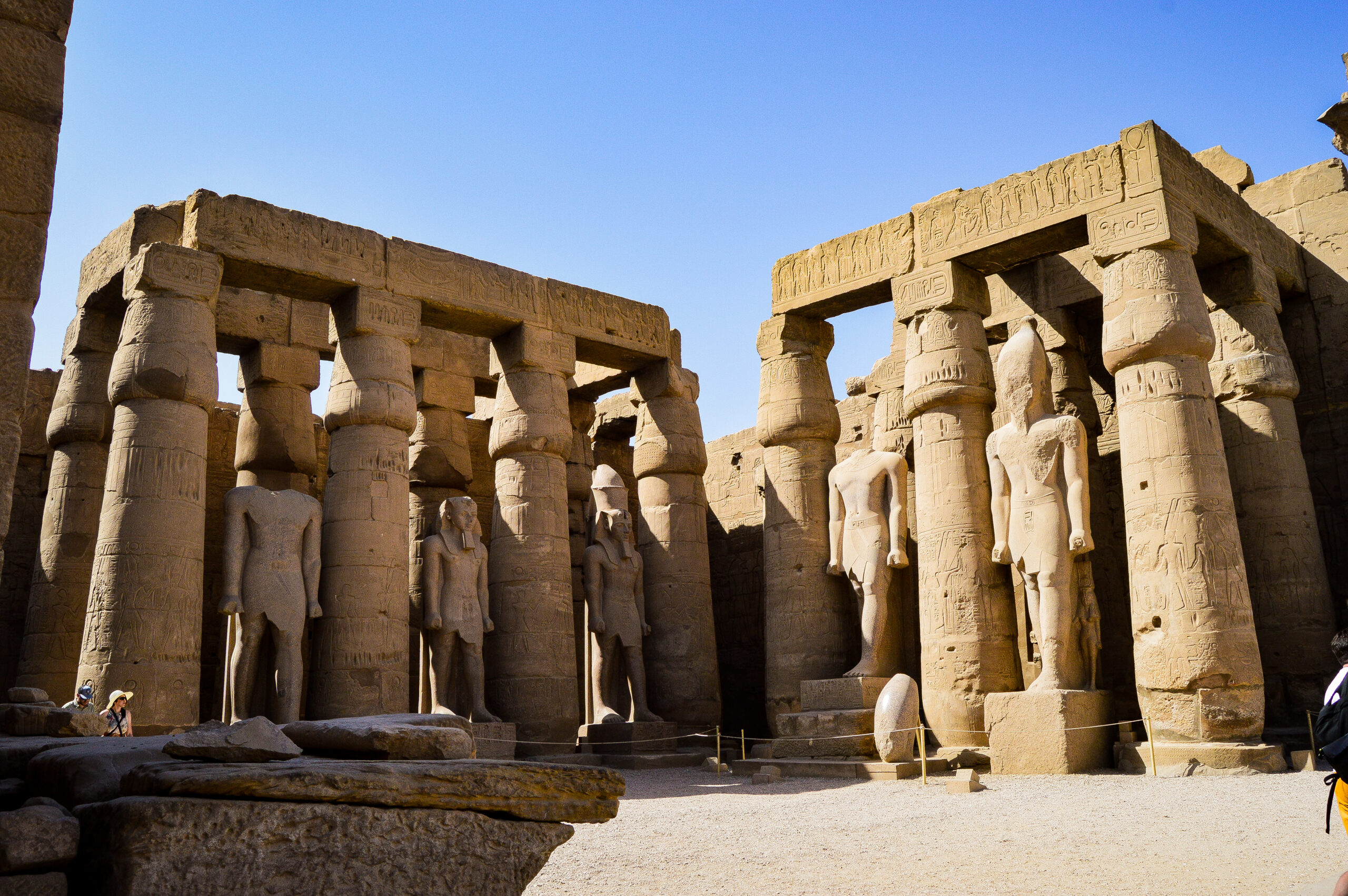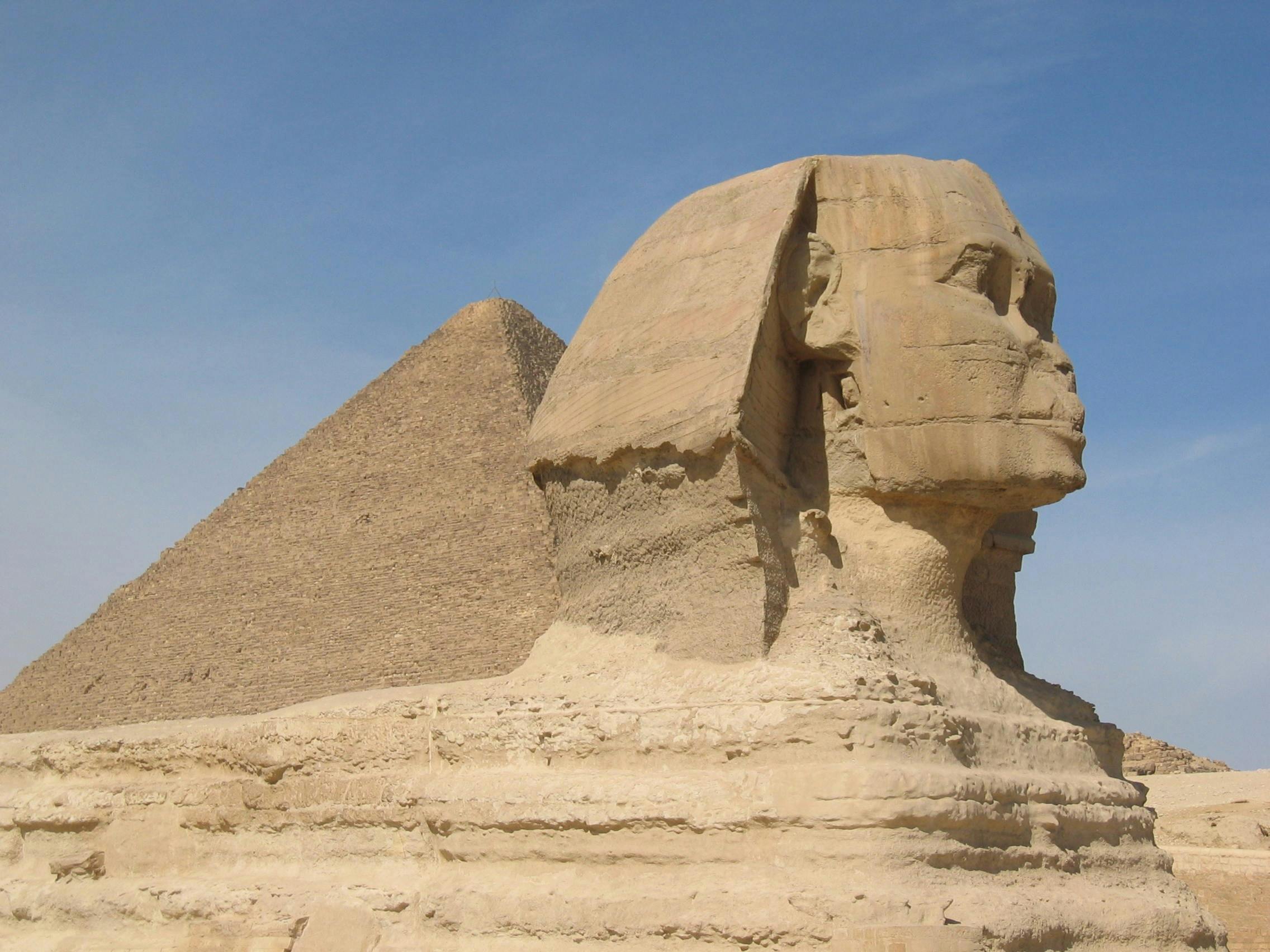Ancient Egyptian Architecture
Ancient Egyptian architecture is one of the most iconic and enduring legacies in the history of civilization. Characterized by monumental structures, precise engineering, and symbolic design, the architecture of Ancient Egypt not only reflects the cultural and religious values of the society but also demonstrates an advanced understanding of materials, construction, and spatial organization. The enduring monuments of Egypt, such as the pyramids, temples, and tombs, remain testaments to the sophistication of this ancient civilization.
Historical Context and Significance
Egyptian architecture spans over three millennia, from the Early Dynastic Period (circa 3100 BCE) to the Ptolemaic Era (30 BCE). This vast period of architectural evolution reflects the changing political, religious, and technological landscape of the Egyptian empire.
The architecture of Ancient Egypt was closely linked to the religious beliefs of the people, with the pharaohs and gods playing central roles in the design of buildings. Structures were built to serve the needs of the living and to ensure the safe passage of the dead to the afterlife. The monumental scale and grandeur of Egyptian architecture aimed to reflect the eternal nature of the pharaohs and their divine right to rule.

Materials and Construction Techniques
Despite the arid landscape of Egypt, which lacked abundant forests, ancient builders utilized the resources available to them with great ingenuity. Limestone and sandstone were the primary materials used for large-scale structures, particularly in the construction of temples and pyramids. Granite, quarried from Aswan, was used for obelisks, statues, and some sections of temple complexes due to its strength and durability.
Mudbrick was another essential material in Egyptian architecture, primarily used for domestic buildings, fortresses, and less prominent structures. While mudbrick structures were easier and faster to build, they were less durable than stone, and many of these buildings have not survived the test of time.
Egyptians used simple but effective construction techniques. Massive blocks of stone were quarried, transported, and assembled with the help of ramps, sleds, and levers. Laborers, likely consisting of both skilled workers and seasonal laborers, undertook the construction, while priests, architects, and officials oversaw the process to ensure that religious symbolism was integrated into the design.
Architectural Elements and Design Principles
Egyptian architecture adhered to a highly symbolic and standardized set of design principles that were rooted in religious and cosmological beliefs. These principles shaped the layout, orientation, and decorative elements of many buildings.
- Monumentality: The scale of structures such as pyramids, temples, and tombs was massive, reflecting the grandeur and divine nature of the rulers. These buildings were designed to last for eternity, particularly those associated with the afterlife.
- Symmetry: Ancient Egyptian architecture was characterized by strong geometric forms and a focus on symmetry. Buildings were often aligned with cardinal points, reflecting the Egyptians’ interest in cosmic order and harmony.
- Hierarchical Layouts: Structures like temples were designed with a progression from the public to the private. The further one moved into a temple complex, the more restricted the access became, with the innermost sanctuaries reserved for the pharaoh and priests.
- Decoration and Symbolism: Walls, columns, and gateways were adorned with reliefs and hieroglyphs that depicted scenes from mythology, religious ceremonies, and the accomplishments of the pharaohs. These decorations were not just ornamental; they served a spiritual function, ensuring the continued favor of the gods and the immortality of the rulers.
Types of Structures
Pyramids
The pyramids are undoubtedly the most recognizable architectural achievements of Ancient Egypt. Constructed as tombs for the pharaohs and their consorts, these massive structures were designed to ensure the safe journey of the ruler into the afterlife.
The most famous of these, the Great Pyramid of Giza, was built for the Pharaoh Khufu during the Fourth Dynasty (circa 2580–2560 BCE). Rising to an original height of 146.6 meters (481 feet), it was the tallest man-made structure in the world for over 3,800 years. Pyramids were often surrounded by mortuary temples, subsidiary pyramids for queens, and mastabas for high officials, creating complex funerary landscapes.
Temples
Temples played a central role in Egyptian religious life, serving as the dwelling places of the gods. The design of Egyptian temples followed a highly formalized plan, which mirrored the Egyptian concept of the cosmos. The entrance to the temple was typically marked by massive pylons (gateways), leading to a large open courtyard and a series of increasingly sacred spaces, culminating in the sanctuary where the statue of the god was housed.
One of the most famous examples is the Temple of Karnak, dedicated to the god Amun. Built and expanded over many centuries, Karnak is a vast complex that includes massive columns, statues, and obelisks, showcasing the grandeur of New Kingdom architecture.
Another notable example is the Temple of Hatshepsut, located at Deir el-Bahari. It is unique for its terrace design, which is carved into the cliffs of the Nile Valley, demonstrating a sophisticated integration of natural landscape and architecture.
Tombs
Apart from pyramids, the Egyptians constructed a wide variety of tombs, particularly for high officials and nobles. In the New Kingdom, pharaohs were buried in more discrete, hidden tombs in the Valley of the Kings, to protect their remains from grave robbers. These tombs were often elaborately decorated with murals that depicted the deceased’s journey to the afterlife, as well as the protection offered by gods such as Osiris and Anubis.
The tomb of Tutankhamun, discovered in the early 20th century, is one of the most famous examples, as it remained largely intact and provided insight into the wealth and complexity of royal burials.
Obelisks and Statues
Obelisks, tall stone pillars with a pyramidal top, were another important element of Egyptian architecture. They were typically placed at the entrances of temples and were symbolic of the sun god Ra. These obelisks were often inscribed with hieroglyphs commemorating the reign of a pharaoh and their devotion to the gods.
Statues were another significant architectural element, portraying gods, pharaohs, and important figures. These statues were often massive and depicted the subjects in idealized forms, representing their divine or eternal nature.
Religious and Cosmological Influences
Egyptian architecture was deeply intertwined with religious and cosmological beliefs. Structures were often aligned with celestial bodies, particularly the sun and stars, as part of the Egyptians’ understanding of life, death, and the universe. Temples were constructed to face the east, symbolizing the rising sun and the daily rebirth of the gods, while pyramids were often oriented toward the circumpolar stars, which never set, symbolizing eternity.
The architectural design also reflected the Egyptians’ belief in the afterlife. Pyramids, tombs, and mortuary temples were constructed to facilitate the journey of the deceased into the afterlife, providing them with eternal shelter and offerings.
Legacy and Influence on Later Architecture
The influence of Ancient Egyptian architecture is vast, leaving an indelible mark on both ancient and modern architectural practices. The classical civilizations of Greece and Rome drew inspiration from Egyptian structures, particularly in the use of monumental columns, symmetry, and stone construction. During the 19th and 20th centuries, the fascination with Egypt during the Egyptomania movement influenced the design of public buildings, memorials, and even cemeteries in Europe and the Americas.
The enduring legacy of Ancient Egyptian architecture lies not only in the physical monuments that still stand today but also in its influence on architectural thought, demonstrating how a civilization’s spiritual and societal values can be immortalized in stone.



